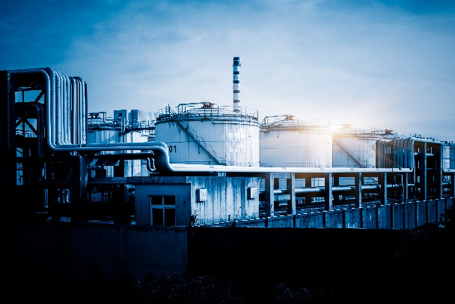
Tank blanketing
Protection of explosive, corrosive and sterile processes with inert gases
Inert gases are used in many areas of modern process engineering where liquids are processed in containers and at the same time unwanted chemical reactions must be prevented. Precise pressure regulation and reliable pressure protection are crucial for the function and safety of the system.
Why inertisation?
Storage tanks often contain media whose combination with atmospheric oxygen or other gases and liquids can lead to unwanted chemical reactions. For example, atmospheric oxygen would pose a dangerous risk of explosion in processes involving hydrocarbons. In other areas, oxygen and humidity can lead to oxidation that adversely affects the end product.
In addition to pure inertisation, high-purity liquids in particular can be pumped without contact and without gaps using dynamic superimposed pressure
How does tank blanketing work?e funktioniert Tanküberlagerung
Pressure reduction valve + back pressure valve
For optimal tank blanketing, two pressure regulators are usually required. A pressure reduction valve to reduce the inflowing nitrogen and a back pressure valve for the outflowing gas. The goal of a control system is to achieve as constant a superimposed pressure as possible for all operational load cases. In the case of non-insulated containers situated outdoors, particular attention must be paid to the discharging and filling gradients, as well as to weather factors.
Ventilation can take place under positive or negative pressure. Ventilation is carried out under positive pressure to prevent oxygen from entering the process. To prevent the escape of process gas, e.g. in the case of toxic media, ventilation is carried out under negative pressure. Due to the possibility of superimposing with variable pressure, it is also possible in addition to ventilation, to carefully convey a product out of the tank instead of pumping it out.
Process safety
Pressure and vacuum relief valve
Reliable protection of the containers is important for pressure control hubs. For these tasks, pressure relief valves and vacuum relief valves are used to provide protection against overpressure and vacuum pressure in special load cases or malfunctions. For example, unacceptable overpressures and vacuum pressures can occur, during filling or emptying due to thermal effects or inert gas intake.
Emergency valve
Emergency valves must be considered when extremely high venting rates are required due to fire or the malfunction of special tank equipment. These are used as emergency relief valves for storage tanks, containers, silos and process engineering devices and provide protection against unacceptably high overpressure.
Safety valve
A safety valve is a protective device and the last safeguard against an unacceptable increase in pressure. If the maximum acceptable pressure for the system is exceeded, the safety valve opens and excess medium is discharged. The valve closes after normal operating conditions have been restored. It must be ensured that the safety valve is operable at all times and under all operating conditions.
Our product range in the field of tank blanketing
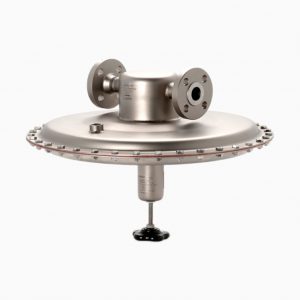 |
Pressure reducing valve DM 762 Valve for medium flow rates
|
||||||||||||
 |
Back pressure regulator UV 3.0 Valve for medium flow rates
|
||||||||||||
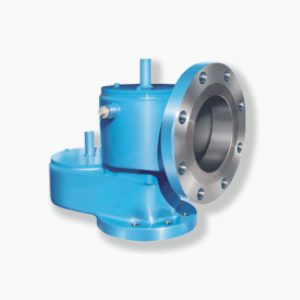 |
Pressure and vacuum relief valve UUV 111
|
||||||||||||
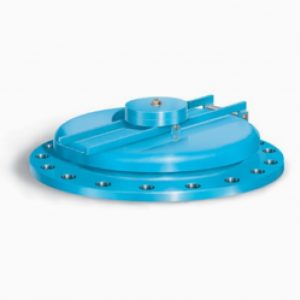 |
Emergency valve NV 129
|
||||||||||||
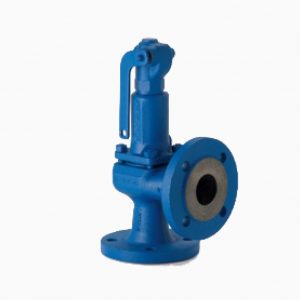 |
Sicherheitsventil SV 6
|
